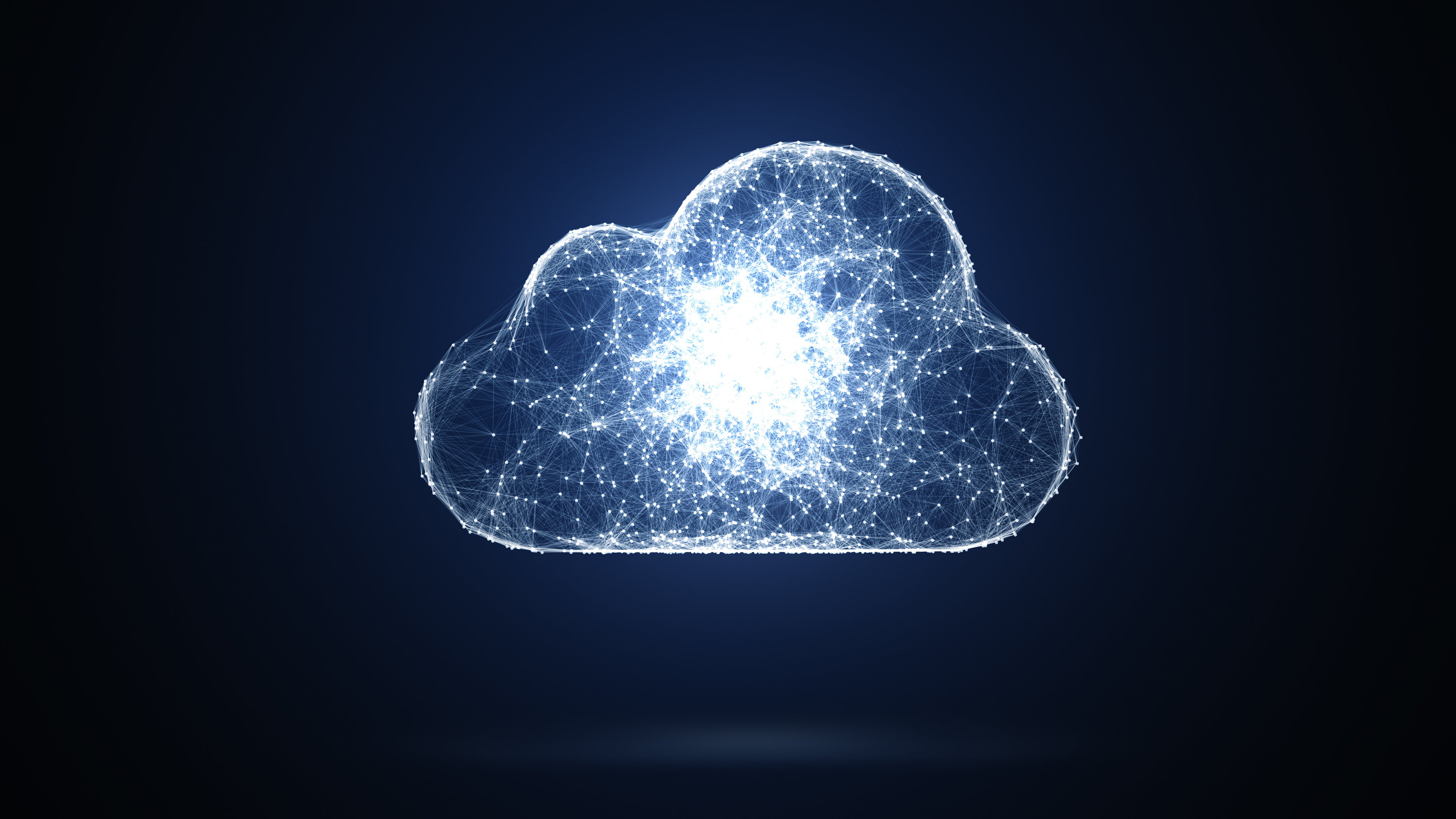After more than a decade of popularity with IT professionals and consumers alike, some people still know very little about "the cloud." It’s less of a tangible resource and more of concept that encompasses numerous technologies. To get a better understanding, it’s crucial that you familiarize yourself with all the technological pieces and how they intertwine with one another.
Essentially, the cloud is comprised of the technologies you used to have on your computer, just managed by someone else and delivered over the internet. Think of it like renting resources such as servers, hard drives, and networking gear from companies like Dropbox, Google, Amazon, and Microsoft.
Renting computer resources is akin to renting instead of owning an apartment, where the landlord is responsible for maintenance. If this is the case, you won’t have to deal with managing hardware and software, and you’ll be able to focus on running your business instead.
Software at your disposal
Prior to smartphones, tablets, laptops and the cloud, we had a big ugly box under our desks. New software was bought and installed onto the hard drive, and we often settled with the old version for years because upgrades were expensive, time-consuming and caused compatibility issues. None of these issues exist in the cloud. Software as a Service -- or SaaS -- are applications you can access straight from your web browser. Salesforce.com (launched in January, 1999) is the best known example of this type of software because it came first.
Whether it's for business or personal use, SaaS eliminates your worries about manual updates because the cloud vendor handles that for you. Plus, automatic updates are carried out on a regular basis. And instead of paying for an expensive, one-version licence, you buy a monthly or yearly subscription. The seller takes care of all the maintenance and upkeep for you and makes it available for you anywhere, anytime, from any Internet-enabled device.
Compute, compute, compute
On-premise infrastructure is often inaccessible to small businesses. They lack the necessary computing power, storage, and memory to run an enterprise-grade infrastructure. Software isn’t the only thing you can “rent,” you can also build and run your own databases in the cloud. With the help of Infrastructure as a Service -- or IaaS -- you can dial up the computing power you need, and pay only for what you use.
This grants companies greater flexibility when it comes to their computer requirements. IaaS helps with handling short-term spikes while simultaneously driving experimentation and innovation, since no upfront costs are involved. On top of that, having infrastructure available as a cloud service gives startups the ability to launch businesses without making an enormous investment in hardware and data center construction -- this has enabled many of today’s startups to get up and running.
Platform as a Service (PaaS)
With Platform as a Service, you can tap into existing components such as security, storage, database, and networking to get a head start. Prior to this, programmers had to manually program each part, which would take weeks or even months to complete. PaaS lowers the barrier to entry as well as giving programmers access to a broad set of tools that would be difficult, if not impossible, to develop on their own.
Big and small businesses as well as today’s most popular apps and services, such as Uber, Spotify, or even Pokemon GO, all rely on the cloud. The cloud provides an unprecedented level of access that we take for granted today, but wasn’t financially or logistically possible before it came along. Nowadays, we have access to virtually any type of software, computer resource, and programming tool -- all thanks to the cloud computing technologies.
By partnering with Founders Technology Group, we can help you optimize technology that enhances daily business operations and in turn, drive a greater ROI. For more information about the cloud and cloud computing technologies, feel free to get in touch with us.

